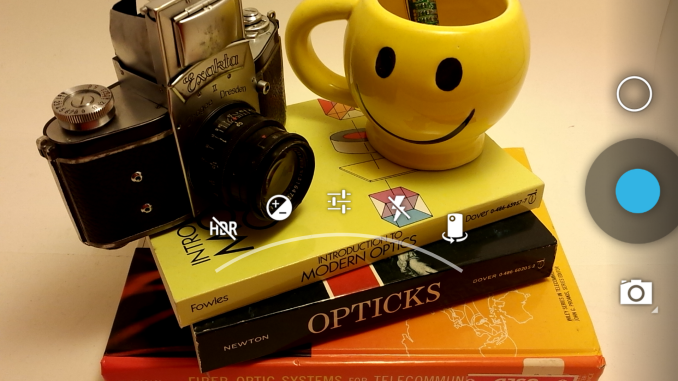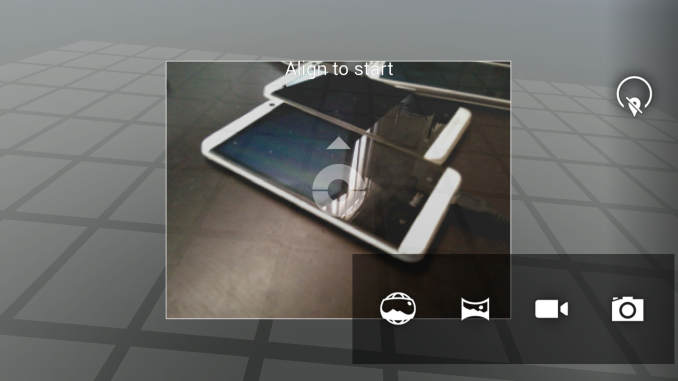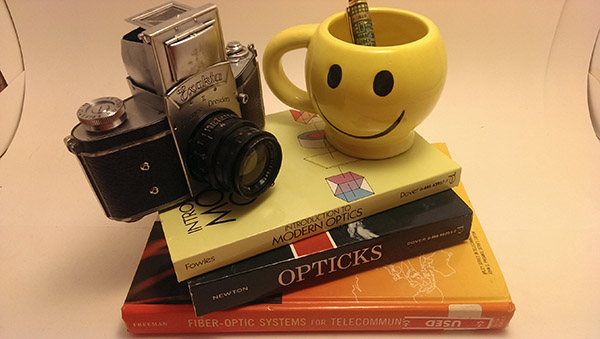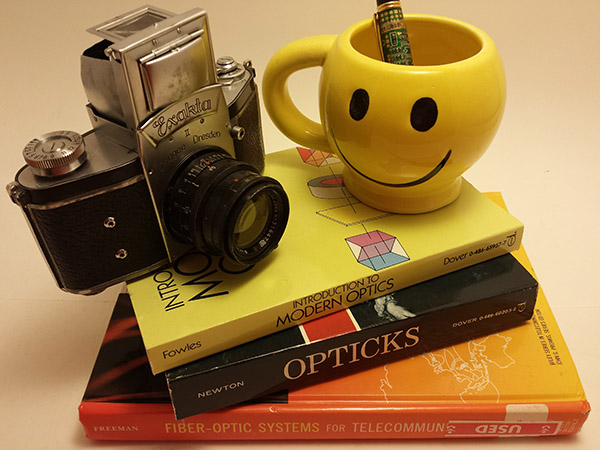HTC One and Samsung Galaxy S 4 Google Play edition Review - Nearly Nexus
by Brian Klug on June 26, 2013 1:00 PM EST- Posted in
- Smartphones
- Android
- Mobile
- google play
- Android 4.2
Perhaps one of the most surprising features onboard the Google Play edition SGS4 and HTC One is the new camera UI. This UI was previously leaked as coming with the next version of Android, so it's a bit interesting to see it crop up here in 4.2.2 on these devices. I suspect there was some element of – we're going to have to do tuning and make sure the interface works twice otherwise, so why not just do it now – at play here.
The fundamental set of features remains largely the same. What's different is there's a new settings menu which works by sliding your finger up through settings panes. Previously the settings switcher was a circular menu, this new one moves up and down through a hierarchy of drill-down settings panes. This can be activated either by long pressing anywhere in the preview or tapping the settings circle. The first level has HDR, manual exposure control, flash settings, and rear/front facing camera switcher. Tapping on Settings gets you into more options with location, countdown timer, color temperature, photo size and scenes. Another new addition is that the volume rocker (up or down) acts like a shutter button. There's also unsurprisingly no way to change the default storage location from internal to the SD card for the SGS4 GPe, as I touched on earlier.
Beyond that nothing is really all that different in this new version of the interface. I still want control over ISO, and I still am dismayed at Google's decision to fit the camera preview to the viewport in their camera application – it's like this bold surreal statement that composition doesn't matter when taking a photograph. For example, the preview is a 16:9 crop of a 4:3 aspect ratio image on the SGS4, it's just a lucky coincidence that the 16:9 preview on the HTC One is accurate since it has a 16:9 aspect ratio sensor. The result is an interface that trades appearance for functionality, and I'm totally dismayed by it.
Of course, the benefit of the platform including the stock camera application is that you get the ability to shoot PhotoSpheres and 360 Panoramas from the application on both devices.
The big concern with the GPe versions some people had is what happens to image quality. I wasn't too worried about image quality since this is all stuff upstream of the camera application itself and the UI that dictates image quality, and that's still the responsibility of the respective OEMs to tune and get right. The concern is lack of control over the camera thanks to the simplified stock Android camera UI and how much control translates between the two. We've already evaluated and hopefully settled the debate between the two cameras in the respective reviews. This is just a matter of checking to see if there's anything different.
I took pictures on a stock international version HTC One and the HTC One GPe alongside it in normal test scene light, low light, and low light with night mode to check if these three corners of the camera tuning check out. Thankfully, they do line up like expected almost identically. The "Night" scene mode in the settings menu lines up with the 0.3 second, ISO 800 night mode in the stock UI, the rest of the performance produces results in line with the stock version. A big difference is that it seems as though sharpening is turned way down, maybe even off, on the GPe variant, a thoughtful change.
I performed the same sanity checks with the SGS4 GPe and discovered that thankfully this also reflects basically the same tuning as the stock version. Better still, the Night scene mode in the stock UI corresponds exactly with the Low Light Shot shooting mode on the stock SGS4 with the same performance. I purposefully pushed the dark scene for both the HTC One and SGS4 to the extreme to see if they have the same cutoff behavior.
You can also see what I'm talking about with the stock Android camera UI clipping off the top and bottom of the image. By default it shoots 13 MP 4:3 stills, which is awesome, just be warned that there's more field of view both above and below the cutoffs in the frame which need to be framed to. I've said my part already about how blowing up the preview to fill the frame and cutting those regions off is so, so wrong. Again, composition when taking a photo is important, giving me a preview that isn't a lie is also important.
I'm glad that both devices have no degradation in image quality from what I can tell. This is again not a surprise given the abstraction of those stages in the image processing pipeline away from the core Android software platform.
I checked out video encode to see if those settings were preserved between both platforms. On the SGS4 and SGS4 GPe the 17 Mbps 1080p30 H.264 High Profile encode is the same. Unfortunately on the HTC One video encode drops from the promised 20 Mbps 1080p30 H.264 High Profile of the stock version to 12 Mbps H.264 High Profile. I'm guessing this is just a configuration error. I should mention that Video HDR is another thing missing between stock and GPe versions.














81 Comments
View All Comments
teiglin - Wednesday, June 26, 2013 - link
I echo the request for a game-related benchmark or five. At the very least one benchmark of a simple/puzzle game (Cut the Rope or whatever), and a 3D/more GPU-intensive game (though this is admittedlyproblematic with the rate of change of ARM silicon and generally high turnover of mobile games, anything relatively recent would satisfy me)apertotes - Wednesday, June 26, 2013 - link
I would like to ask those with a larger experience than me how many of these devices' drawbacks are completely amended with a simple trip through google play. For example, the camera interface. Stock camera is bad. Install Camera 360 or Camera FX. So, take any of these phones and give it to a experienced user, and after 1-2 weeks of tweaking (not counting installing new roms, or else what's the point?), they may as well have gotten rid of any drawback whatsoever.coldpower27 - Wednesday, June 26, 2013 - link
Yeah, people want the phone to be great out of the box, not have to tweak like mad to get rid of the drawbacks, there shouldn't be issues to begin with.apertotes - Thursday, June 27, 2013 - link
downloading 5 apps and changing some settings is not tweaking like mad.DukeN - Thursday, June 27, 2013 - link
Maybe it's just me but there are a lot of things touchwiz does that stock Android lacks. Even with apps like Camera FX and custom ROMs (liquidsmooth, paranoid, stock CM are ones I tried) I couldn't mimic some of Touchwiz' basic timesavers.Slide to call/message is indispensable for me. Also the camera app with Touchwiz is drastically better than AOSP, and frankly both third party camera apps off Google Play aren't as intuitive IMO.
Also the one touch drag-down top menu in Touchwiz is unique with brightness and other settings, some of the ROMs let you setup for wireless radio control but it takes quite a bit of tweaking.
I'm probably in the minority here but after going through a few Android devices, I'd probably take Touchwiz over stock AOSP.
Drazick - Wednesday, June 26, 2013 - link
Does the SGS4 GPe still has the Slide to Call / SMS?thesavvymage - Thursday, June 27, 2013 - link
My nexus 4 doesnt so the chance the sgs4 has it is next to 0. Theyre runnign the same build of android, so if the n4 doesnt have it the sgs4 wont either. There are NO samsung customizations hereumadBRAH - Wednesday, June 26, 2013 - link
Htc one on Sunspider 0.9.1 I get 760ms - 780ms on 1.29.xxx.13 and on 4.2.2 alsoteiglin - Wednesday, June 26, 2013 - link
It still boggles my mind that HTC (or Google?) didn't pick the UMTS-over-AWS-enabled version of the One for this like the GS4. Seriously, what the #@#%$?Anyway, not many surprises here. I would definitely dispute your advice that anyone who knows what AOSP is shoudl get the google editions--band options aside, I think anyone who is comfortable flashing a custom ROM is better off getting a better price from their operator. Especially with an easy S-OFF available for the One, there is only danger to your warranty if you're either foolish or experimental. I think the segment of people who should buy these is a rather small slice--those who know enough about Android to want the stock experience, but are not savvy enough to be comfortable flashing a custom ROM. For everyone else, there are better options available--whether operator-subsidized from AT&T or just flat-out $20 less from T-Mobile. Not to mention alternate colors, if that's your thing.
For myself, I already have a tmo One and will likely give CM another try once full code gets released to AOSP and presumably the niggling little bugs are worked out (did I hear you say bluetooth?). That said, I don't see myself wanting to live with the stock camera app, which was a big part of the reason I ditched my Nexus 4 in the first place, and while the Sense Gallery app is needlessly complicated, I do like the features it offers. Pretty much everything else is cosmetic, and that is easy to change.
The0ne - Wednesday, June 26, 2013 - link
Agreed. But comparing stock apps is valid if you're sole purpose is to do that. But the marketplace is there for a good reason and absolutely no one escapes it by not trying new and different apps. There are drawbacks to using 3rd party apps however and there are expectations of an OEM app but this is really all meh as options are widely available to chose from.